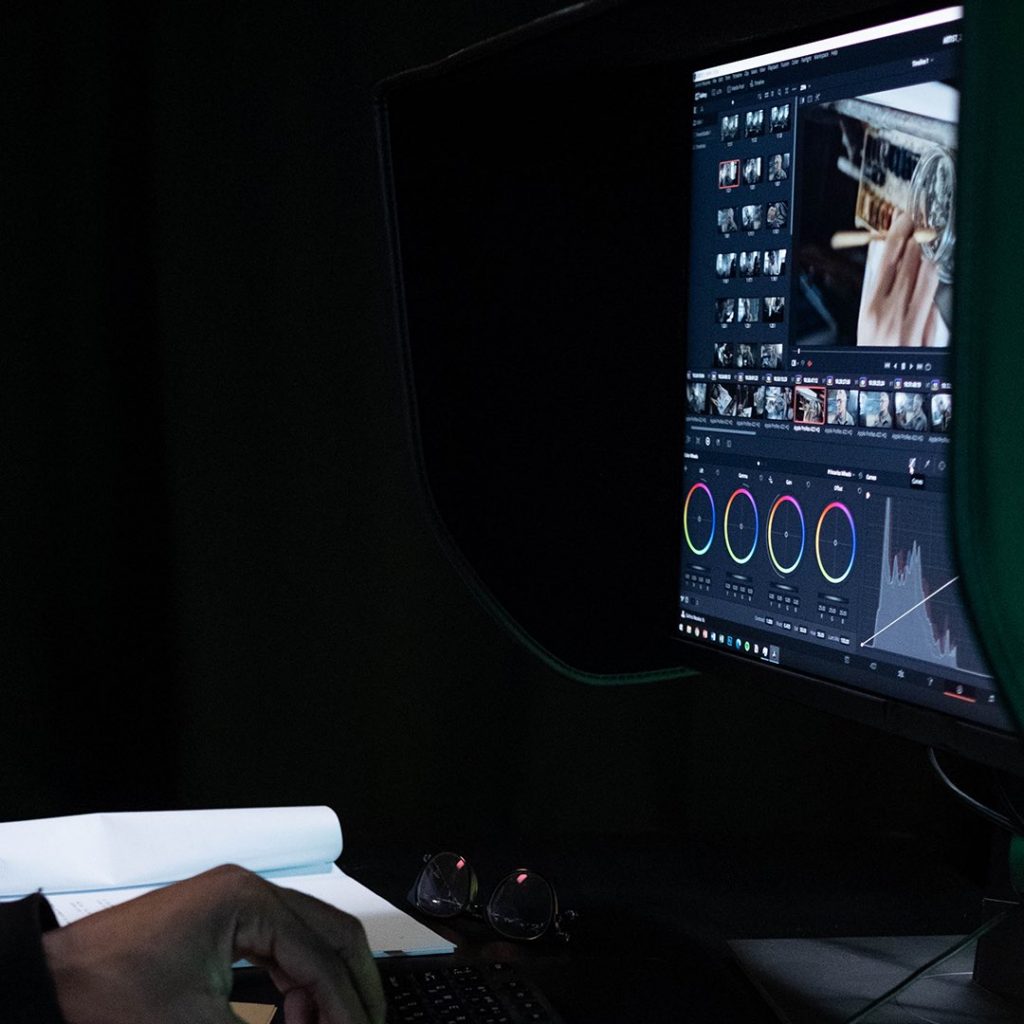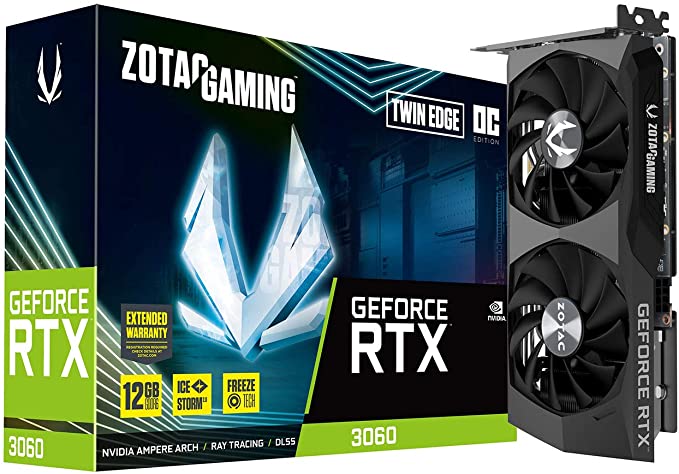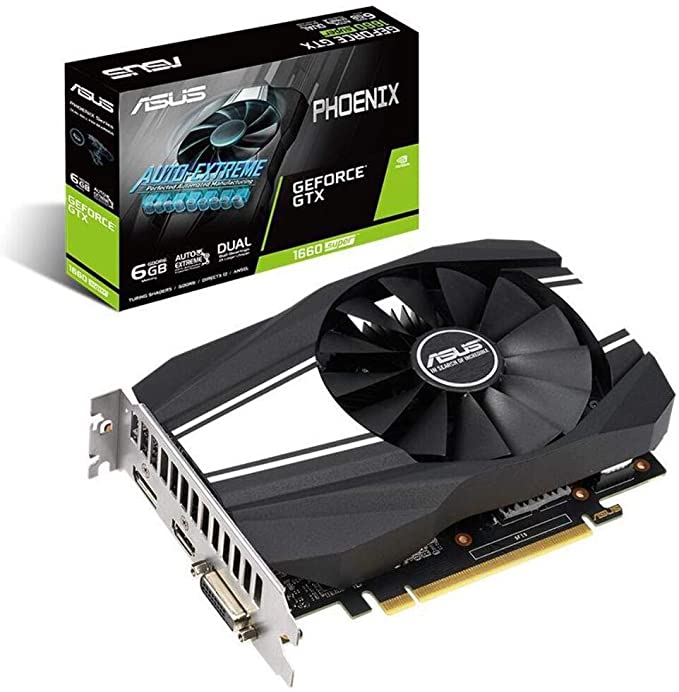The world is changing, and technology is evolving rapidly. Every day new technology hits the market with better features and performance. This is the case with the graphics cards. There is tough competition between GPU manufacturing companies, and every month we see new models coming into the market.
With so many options available, it becomes challenging for an ordinary person to decide which graphics card he or she should buy. If that’s the case with you, then this article is just for you. Here, we will guide you on how you can decide which graphic card you should buy according to your needs.

What is a Graphics Card?
Before making a recommendation on which graphics card you should buy, let’s start with the basics. A graphics card resembles a smaller version of a computer motherboards. They’re essentially circuit boards that include a processor, RAM, and other components. There is a common misconception that graphics cards are graphics processing units, but in reality, a GPU is merely a component of a graphics card.
A graphics card is sometimes also known as a display adapter. Graphics cards serve the purpose of displaying graphics with high quality color, definition, and more. With a good graphics card, visual data can be processed and displayed in high quality.
Graphics cards are most relevant for gaming and video editing. This is because a graphics card handles all the heavy graphics processing and provides a smooth gaming experience. It is also used for video editing purposes because video editing requires a lot of processing power for rendering videos and graphics.
Now that we have the basics together, let’s answer the main question of “how do I decide which graphics card to buy?”
How Do I Know Which Graphics Card to Buy?
As discussed earlier, the graphics card market is full of options and a newbie can easily get confused. So, if you don’t know how to choose a graphics card, keep reading to get a better understanding of how to decide between graphics cards.
Here are 4 things to consider when buying a graphics card.
1. Consider How You Plan to Use a Graphics Card
The first thing that you need to consider is the purpose for which you are purchasing a graphics card. Your needs for a gaming graphics card and a video editing graphics card will be different. For example, if you are purchasing it for video editing, then you might consider a graphics card with CUDA cores and/or ray-tracing. CUDA stands for Compute Unified Device Architecture. CUDA technology essentially allows your computer to process a ton of graphics information at once. Check out this post on CUDA cores for a better understanding.
2. Consider Your Budget
Your budget plays a huge role in determining what kind of performance you get from your graphics card. If possible, we do recommend forking over the extra cash for a higher performance graphics card. Only if necessary, of course. For those editing on a budget, some of the video editing monitors here might be of interest.
3. Consider Your PC specifications
Make sure to keep the specifications of your computer in mind before you choose a graphics card. This includes the power supply. Also, keep in mind other specifications like processors, motherboard, and casing size. Not every graphics card will be suitable for every CPU. If you choose the wrong graphics card according to your system specifications, then it will bottleneck, and you won’t get the desired results.
4. Resolution and Refresh Rate of Your Monitor
Make sure to check the resolutions supported by your monitor and its refresh rate. This is particularly important because if you have a monitor that has a refresh rate of 60hz and it supports a maximum of 1080p screen resolution, then you don’t need to choose a graphics card that has support for 120hz or 144hz. Nor do you need a graphics card that supports 2k or 4k video quality. Because of your monitor, you don’t need that much power, and a mid-range GPU will be sufficient for you. If you want to upgrade, first figure out if a 4k video monitor is for you.
What is the Best Graphics Cards for Editing Video and Photo?
Are you asking yourself “how do I decide which graphics card to buy?” Well, here are two excellent options if you’re looking for a new graphics card for video editing. The first option listed is high performance and expensive. And the second option is a more budget friendly choice.
1. Nvidia GeForce RTX 3060
If you are looking for a super high performance graphics card for editing, then Nvidia RTX 3060 Ti is a suitable choice. It has 12GB of video memory and a Boost Clock of 1807 MHz.
2. ASUS GeForce GTX 1660 Super
If you are looking for a good budget graphics card for editing, the ASUS 1660 Super is the most suitable option. It comes with 6GB of VRAM and a boost clock of 1830 MHz.


